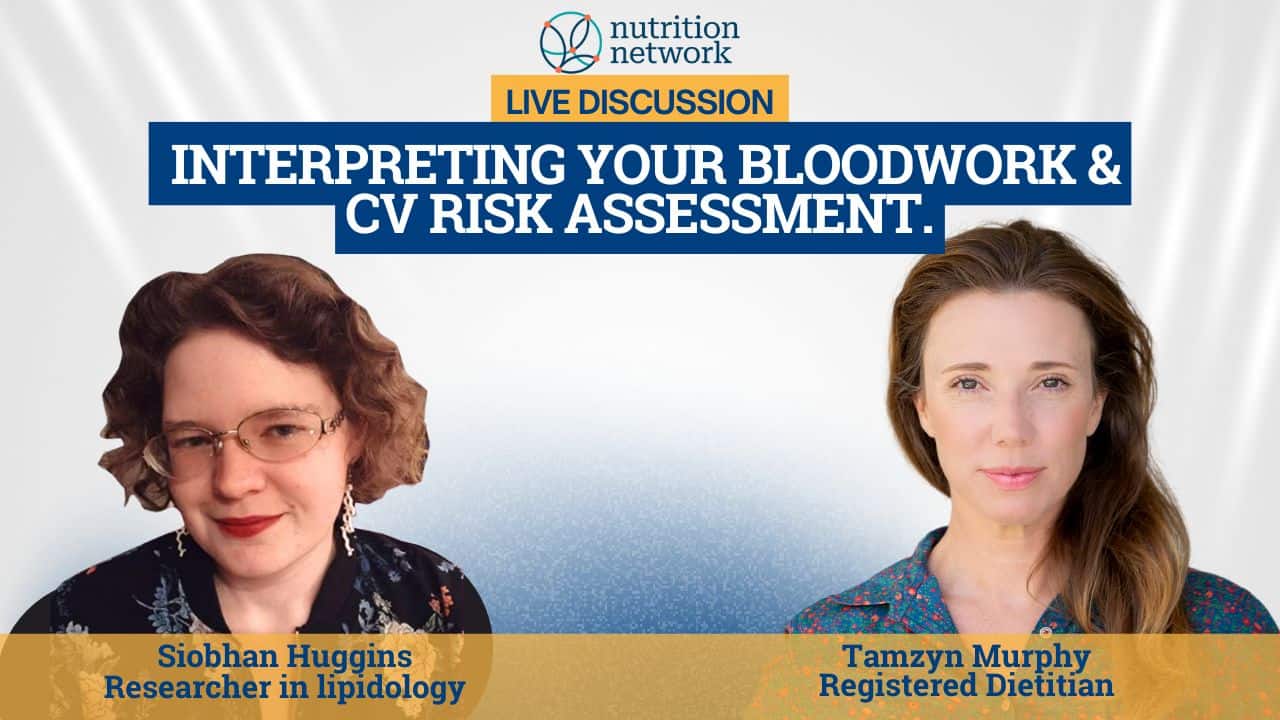“A goal without a plan is just a wish.” – Antoine de Saint-Exupéry
Do you need to hit the reset button on heart-healthy eating? Do you know perfectly well what healthy eating looks like, but struggle to do it consistently?
If so, you’re not alone! Changing our eating habits is hard.
…You’ve likely been eating the same way for decades.
…You have to give up foods you love (“So long chocolate, red meat, and wine”).
…And stomach foods you don’t. (“Fish again?”)
…Sugar and salt are in practically everything.
…Restaurants and potlucks harbour landmines.
…You don’t know which health expert to believe.
…Figuring out what to cook is now an even bigger problem.
…Especially on busy weeknights when you just. Don’t. Have. The time.
Don’t give up! I help people work through misconceptions and difficulties like these – here on the blog, in one-on-one consults, and in my membership community.
With or without my support, you can do this! Here’s how:
1. Set a SMART goal and write it down.
You’ve likely heard about SMART goals before, but don’t just gloss over this.
(SMART, if you’re not familiar, stands for specific, measurable, achievable, relevant, and time-based.)
Take this goal, for example: “I need to eat better for my heart.” It’s a good start – anyone who wants to change is already ahead of the game, but clearly it’s not specific, measurable, etc.
If you came to me with that goal we’d flesh it out with questions like:
- “What makes eating better important to you right now?”
- “What does that look like to you?”
- “What new eating habit do you think you’d have the most success with?”
- “How will you measure progress?”
We might end up with something like: “I want to change my eating habits so I can lower my LDL-cholesterol from x to x by May 2025, because I’d rather not go on medication for it.”
Is that a SMART goal?
- Specific – Have we clearly defined what they want to do? Yes. (We’ll get to “how” in a minute.)
- Measurable – Is there a way to measure progress/success? Yes.
- Achievable – Is it realistic? – Maybe, assuming we agree on a realistic cholesterol target.
- Relevant – Does it support your larger goals? Yes, lowering high LDL-cholesterol is one of the most important things you can do to prevent a heart attack or similar problem.
- Time-based – Have you specified a deadline? Yes. This can create urgency and keep the goal top of mind.
Write it down
It’s worth the trouble to pull out a pen and paper (or digital equivalent) and write your goal(s) down. A 2015 study found that people randomly assigned to write down their goals were 42% more likely to achieve them, compared to those who were merely instructed to think about what they hoped to accomplish.
Next…
2. Make a plan, defining specific actions you’re going to take.
Your plan will be unique, depending on your goals, values, home and work situations, food preferences, and more.
One tip: Start with a focus on adding nourishing foods rather than cutting things out. Later, once you’re eating more vegetables, legumes, nuts, etc, you can address eating too much sugar or whatever, if you still think it’s a problem.
The SMART criteria are helpful when you’re making a plan too:
- Specific – We need more than “I’ll eat less at supper” for example. How will you do that? Maybe you’ll try bringing peanuts and an apple to work for an afternoon snack, to take the edge off of your dinnertime hunger.
- Measurable – At the end of the week you should easily be able to say whether you did it or not.
- Achievable – Have realistic expectations for yourself. Consistency beats perfection. And one or two changes is usually enough to start. We can build from there.
- Relevant – Make sure your planned actions are aligned with your goal. For example, if you made a plan to switch to fat-free dressing, that wouldn’t help with the cholesterol goal.
- Time-based – Exactly when are you going to do it? “I’ll have my peanuts and apple at 3:30pm, and set a recurring alarm on my phone so I don’t forget.” Now we’re getting somewhere!
3. Problem-solve any barriers that might get in the way.
For example, you might worry that by midweek you’re usually out of fresh fruit. So figure out what to do about that.
(Perhaps buy a big bag of apples, since they stay fresh for weeks in the fridge. Or get some frozen mango and bring that when you’re out of apples. Or shop midweek. You have options.)
Other common barriers to changing eating habits:
- Limited time
- Limited repertoire of good heart-healthy dishes
- Lack of planning
- Hunger and cravings
The list could go on, but you get the idea.
4. Think about changes to your environment that could support your plans.
Your “environment” is simply your home, workplace, perhaps car – wherever you spend time.
For example, if you aren’t in the habit of bringing food to work, you might want to bring bags of apples and peanuts to keep at the office.
There’s a lot to think through, isn’t there? But now you should have a good plan, so…
5. Self-monitor – keep track of how you’re doing.
You might think that means writing down everything you eat, or entering it into an app like My Fitness Pal. For some, those practices are helpful, but for others they’re triggering, reminding them of diets of days past.
There are other ways! Instead, you could just keep track of how often you follow through with your plan. A simple checkmark on your calendar will do the trick, or if you want to get fancy, you can use an app every day to log whether you did or didn’t manage it.

Or if you feel that emotional eating is a problem for you, you could keep a journal noting your feelings, triggers, location, hunger, and aftermath of every episode, to look for patterns.
Either way, with self-monitoring, always be non-judgemental. If you aren’t following through, think about why. You’re not the problem, the plan is the problem. Sometimes you have to experiment.
6. Rinse and repeat. Revisit the plan in a month or so.
This is the part that many people miss! Life gets busy or they have trouble following through, so they give up. Don’t stop trying! Just keep swimming. 🐠😊
The best way to know how you should tweak your plan is to try it out for a few weeks. Is it going well? Great! Consider trying out another new habit that supports your goal.
Not going so well? “I ate the whole bag of peanuts by Tuesday afternoon!”
Okay, no worries… back to the drawing board. “Maybe I could add peanuts to five containers each Sunday and leave them by the back door, so I can just grab one each day.” “Hey, that means I could vary up the nuts!” “And maybe you need more than just a handful?” Eventually we’ll land on something that works.
With any behaviour change, it’s often figuring out details like this that determine success or not.
7. Work with a professional.
Having a follow-up appointment on the calendar means the plan will stay higher on your priority list, and you can be sure that troubleshooting and/or progressing will happen.
Which professional? When you’re looking for someone to coach you, depending on your needs, you might turn to a registered dietitian, psychologist, certified health coach, social worker counsellor, occupational therapist, registered nurse, or even a physician.
How to know if you have a good coach? Credentials matter, but even more important: they should guide you in calling the shots. They’ll ask you questions like “What area of your health is most important to you right now?” and “Where do you think is a good place to start?”
If a coach comes out of the gate too fast telling you what to do, that’s a problem. How can they know the best plan for you to do if they hardly know you? You’re the expert in you.
You should hear yourself saying things like, “I think what I’ll do is…” or “I’m ready to…”
If you can’t get a word in edgewise, then you’re not being coached, you’re being advised. (Sometimes that’s appropriate, say with a specialist physician. Do you need expertise or help with following through on your plan?)
Bottom line
If you’re an occasional visitor to the land of heart-healthy eating, and you want to move there permanently, try systematically following these 7 steps:
- Set a SMART goal and write it down.
- Make a plan, defining specific actions you’re going to take.
- Problem-solve any barriers that might get in the way.
- Think about changes to your environment that could support your plan.
- Self-monitor. Keep track of how you’re doing.
- Rinse and repeat. Revisit the plan in a month or so.
- Work with a professional.
I’d love to support you in this, so feel free to pop into my free Facebook group with your questions, book an appointment, or join my membership community, the Sweet Spot Kitchen. I host monthly office hours that would be perfect for checking in on your plan, plus a bunch of other resources to help you be successful.











